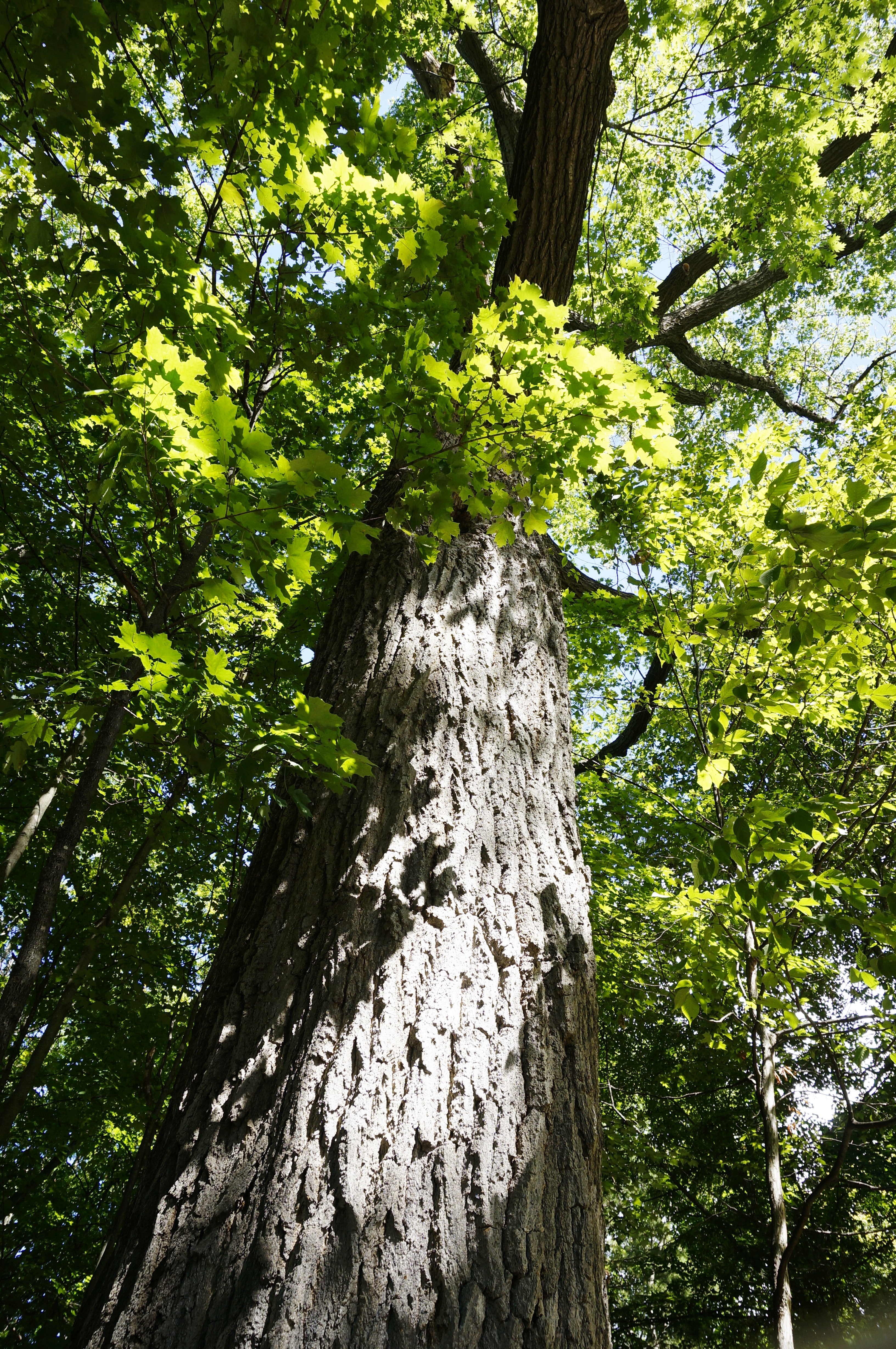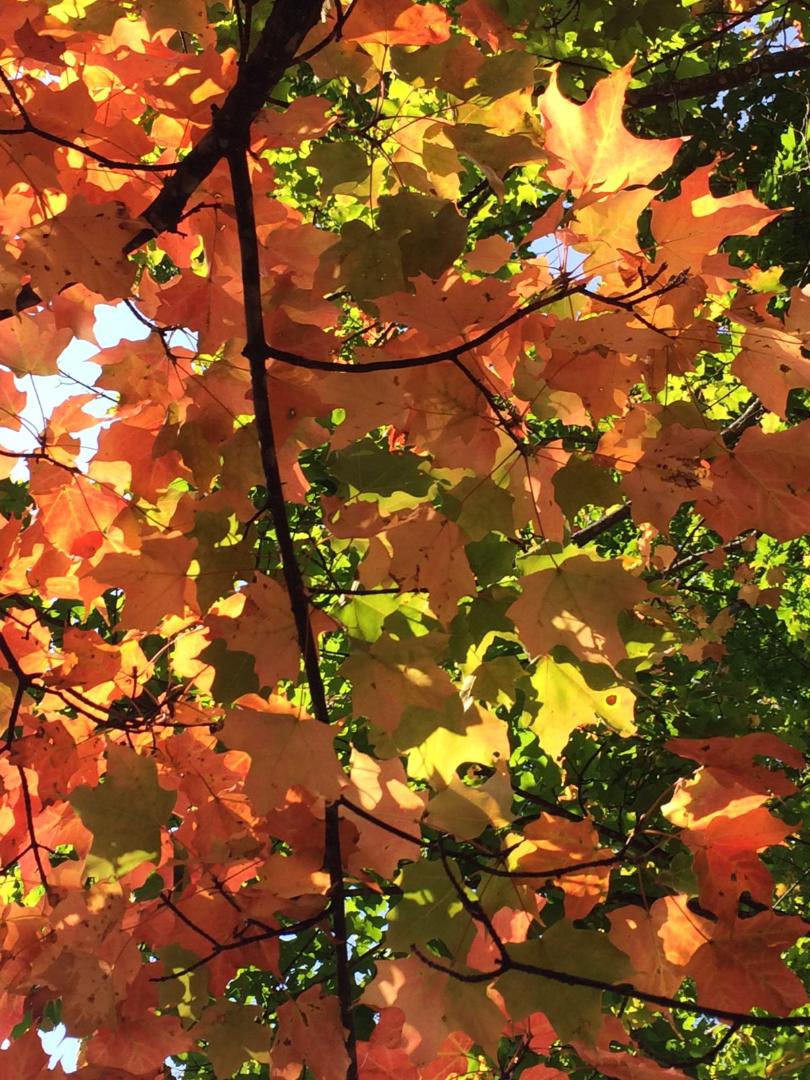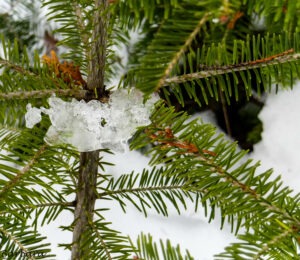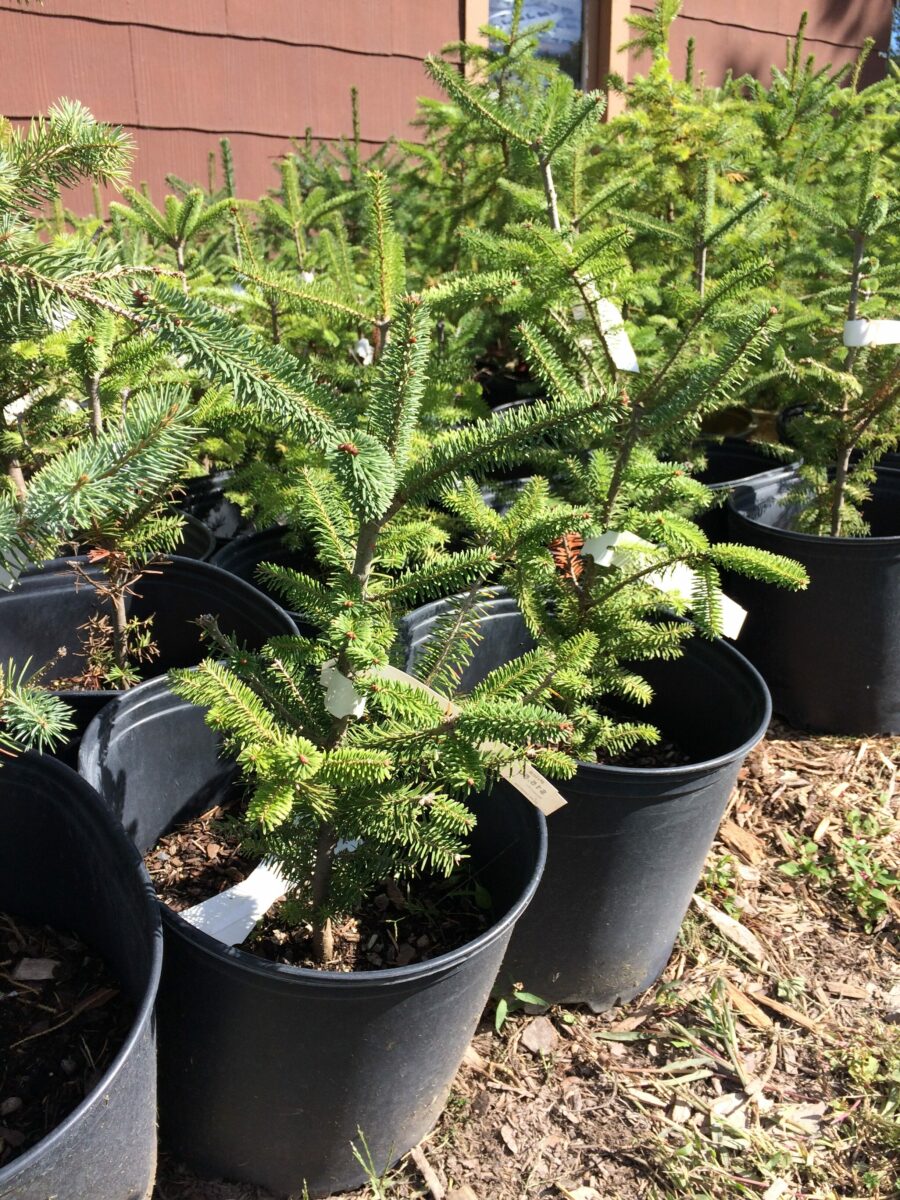TRUE Blue Landscaping
Plant Trees
Why are trees important?
Trees give us clear, blue water in Torch Lake.
Trees give us clean water to drink.
Trees give us clean air to breathe.
How do trees give us clean, clear water?
Tree roots extend out as far as the canopy reaches and they extend deep underground, too.
Trees roots absorb rainwater.
Tree roots trap toxins carried in rainwater and prevent them from entering our drinking water and Torch Lake.
Trees hold our topsoil in place, prevent erosion and keep sediments from running into the lake. Our topsoil is less than 1” thick in northern Michigan.
What are the benefits to you and our water?
- Keep your drinking water safe from high levels of nutrients and toxins.
- Keeps nutrients out of Torch Lake so algae won’t grow and change its turquoise color to green.
- Saves you money by reducing our energy bills by shielding your house from cold winds during the long winter and by shading your house from hot summer sun in the summer.
- Keeps toxins out of Torch Lake so they won’t harm fish and aquatic creatures.
- Keeps sediment out of Torch Lake so it won’t harm aquatic creatures and fish.

Photo: Barbara Lockrey
What can you do?
Step 1. Get to know the trees on your property.
If you can’t identify your trees—email us at contact@conservetorch.org and we will come out and help you.
Step 2. Plant trees this Spring, Summer or Fall
to replace those you have cut down or those that have died.
Step 3. Select your new trees.
As temperatures and the length of the growing season increase and droughts make soils drier, the mixture of tree species will change in the Torch Lake Watershed.

Recommended Trees for our Changing Watershed Conditions
| Wet Site | Dry Site | |
|---|---|---|
| Evergreen Trees | Balsam Fir White Cedar | Eastern Hemlock Eastern Red Cedar Red Pine White Pine |
| Deciduous Trees | Black Willow Weeping Willow Yellow Birch | Basswood White Birch Cherry Dogwood Hickory Maple Oak Plum Quaking Aspen Redbud Red Mulberry Sassafras Tulip Tree |
| Shrubs | Button Bush Red Twig Dogwood | Viburnum Nine Bark Sand Cherry Pagoda Dogwood |

Photo: Barbara Lockrey
Step 4. Determine where you want to plant your trees.
- Plant trees far enough away from buildings and other trees, so the canopy can reach its mature height and width.
- Plant trees far away from your septic field and tank.
- Place trees a safe distance from powerlines.
Trees that will grow 25 feet tall, plant 25 feet from powerlines.
Trees that will grow 25-40 feet tall, plant 40 feet from powerlines.
Trees that will grow more than 40 feet tall, plant 60 feet or more from powerlines.
Step 5. Contact Miss Dig
at 811 or 1-800-482-7171, so as you do not hit underground gas lines, electrical lines, internet cables or sprinkler lines when digging.
Step 6. Water your newly planted trees daily for a full year for best results.
Step 7. Because trees take many years to grow, plant a few new trees each year.
Your children, grandchildren and great-grandchildren will think of you while they’re enjoying the shade of these trees. To say nothing of the memories they will have from the tree houses and forts they will build.
.

Our watershed is already seeing the disappearance of many northern hardwood trees.
ELM- American elm have almost completely disappeared because of the invasive Dutch elm disease.
ASH- White ash on the hills, black ash in the cedar swamps and green ash along the streams and lake have died from the invasive species – emerald ash borer.
BEECH- Beech trees are being killed by the invasive beech bark disease.
Links
Don't just wish that Torch Lake will stay blue.
Choose a water-friendly lifestyle - make a difference!
